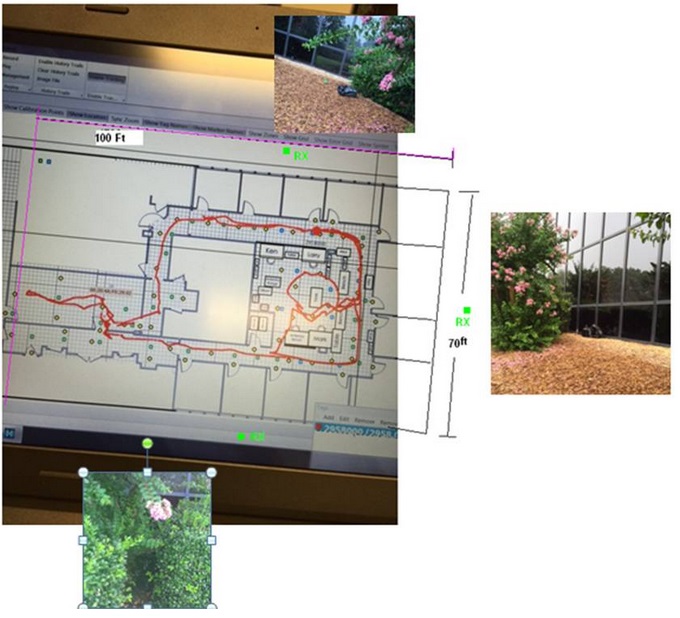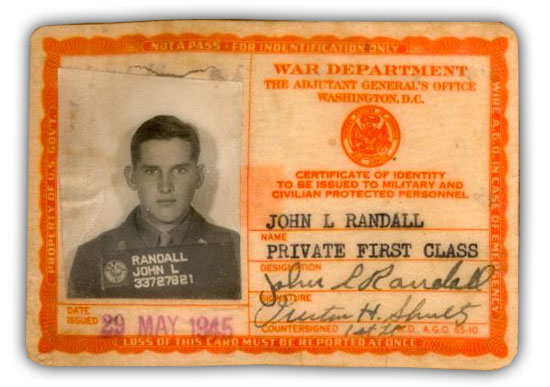![Portrait of Astronaut Neil A. Armstrong, commander of the Apollo 11 Lunar Landing mission in his space suit, with his helmet on the table in front of him. Behind him is a large photograph of the lunar surface [NASA, Public Domain; Courtesy, Wikimedia].](https://aetherczar.com/wp-content/uploads/377px-Neil_Armstrong_pose-236x300.jpg)
The Apollo 11 moon landing was a much more dramatic affair than might be inferred from the calmly professional dialogue between the astronauts and Mission Control. Neil Armstrong (1930-2012), piloting the lunar module, Eagle, saw the auto-pilot aiming Eagle toward a boulder-strewn field adjacent to a large crater. “Certainly not a place that I want to land,” was Armstrong’s understated, after-the-fact assessment. So with low fuel and caution alarms sounding, Armstrong took over from the auto-pilot, bringing Eagle down safely with only seconds of fuel to spare. What was going through the astronaut’s mind as he and Buzz Aldrin made history?
Neil Armstrong presented and narrated the following footage of the Apollo 11 moon landing juxtaposed with a Google Moon view to a live audience at the CPA Australia 125th Anniversary Gala Dinner on August 24th, 2011, about a year before his death. A transcript follows.
“This slide shows the trajectory to the surface. The actual powered descent of the lunar module to the surface took 12 minutes and 32 seconds, and this is just the final three minutes: the part that’s really interesting as you get close to the surface of the moon. Now, in the left screen, you will see the original 1969 movie film that we took from the window of the lunar module, Eagle, and on the right side, you will see what the crew saw looking out the window in front of them. Now, there is a shaded area there that shows you the exact duplicate of the area that’s on the left, so you can compare the craters and see if they are duplicate of each other. The one on the left took place 42 years ago; this picture’s on the right took place in the last two years [i.e. comprising more recent lunar imagery].
“OK. We’ve been descending… I should tell you, you’ll hear the crewmen talking – my co-pilot giving altitude and descent rates, and you’ll hear people in the background talking from Mission Control on Earth.
“We’ve been descending about 2000 meters a minute; we’re now down to about below a thousand meters in altitude.
“You see, my computer tells me that we’re… it’s taking us to a landing just on the right side of that big crater on the up in the left hand corner. The slopes are steep and the rocks look very large – the size of automobiles – certainly not a place that I want to land. So I took over manually from the computer, the auto-pilot, and flew it like a helicopter on out to the west to try to find a smooth more level landing spot.
“The computer is complaining now and then. You’ll hear caution alarms 1202s and 1201s which is telling us the computer is a little bit concerned about its operation, but everything looks good, and the people in Mission Control will tell us we can continue.
“OK, we’re about 100 meters above the surface, looking down at this 30 meter crater about 8 meters deep. Looks like a really geological treasure. I want to go back there and look at that if I ever get the chance while I’m down there on foot. We’re looking for a smooth spot beyond that crater. I see a smooth spot right up near the top of the screen. It looks like that’s a good place to be, and I’m running low on fuel. I have less than two minutes of fuel.
“Getting down below about 70 meters now. 50 meters – still looking good.
“In the left side you will see in the old movie the rocket engine is starting to kick up the dust off the surface.
“We get a thirty second fuel warning. Need to get it down on the ground here pretty soon before we run out. OK, the picture on the left is more accurate, but there’s more dust. There you see the shadow of my landing leg coming on the surface of the blowing dust. We’re very close to the surface right now.”
Tranquility Base here. The Eagle has landed.
Another great video including recollections from both Neil Armstrong and Buzz Aldrin, below.
Neil Armstrong left some mighty big footprints to follow.
Purdue University named the Neil Armstrong Hall of Engineering in honor of their famous alumnus. The building provides a place for undergraduates to study aeronautical engineering and learn how to build and design aircraft and the spacecraft that will take us back to the moon and beyond.

Younger students not quite ready for the demands of the Purdue curriculum can follow Neil Armstrong’s footprints in a more literal fashion. Preserved in concrete in front of the building is a replica of his lunar footprints.




